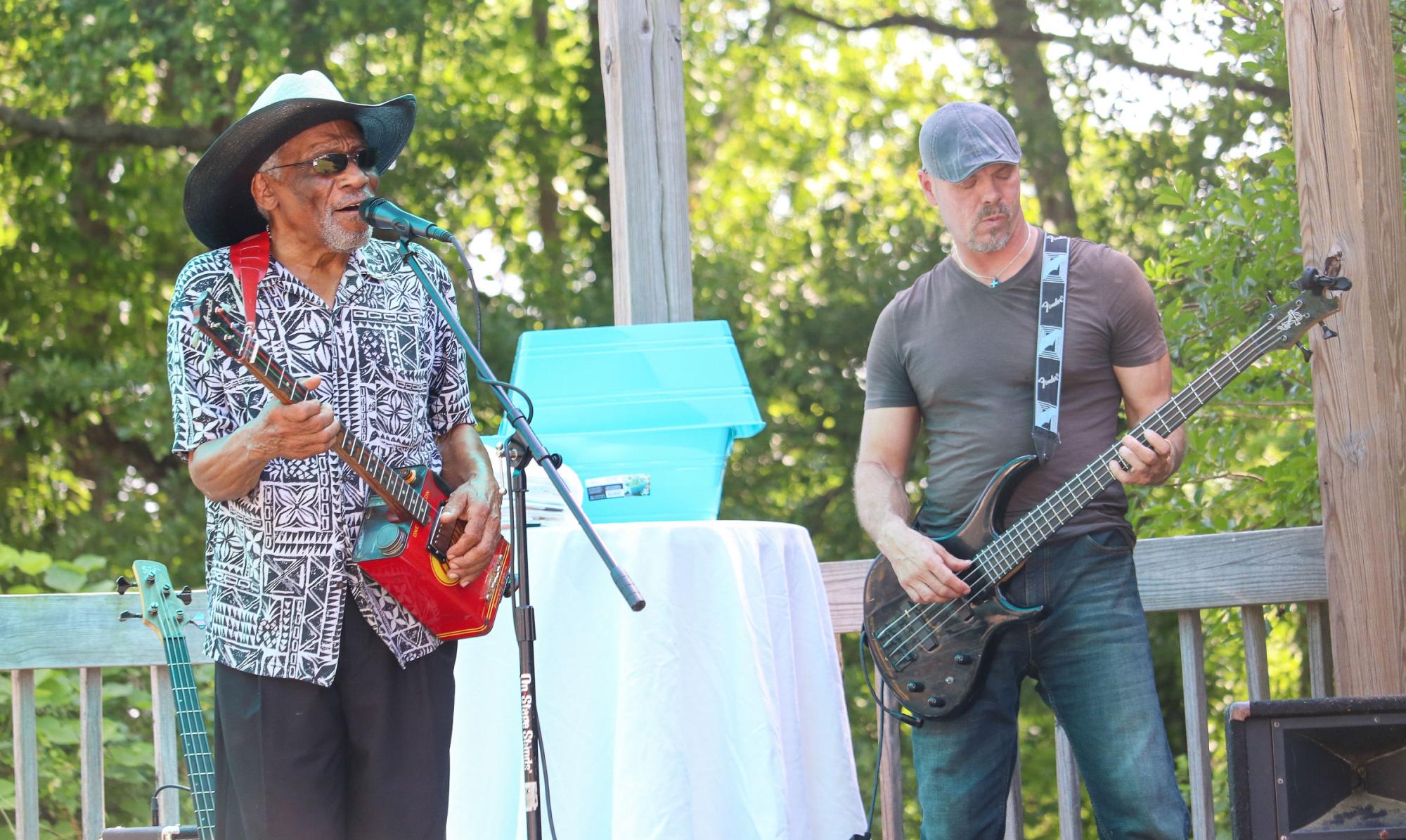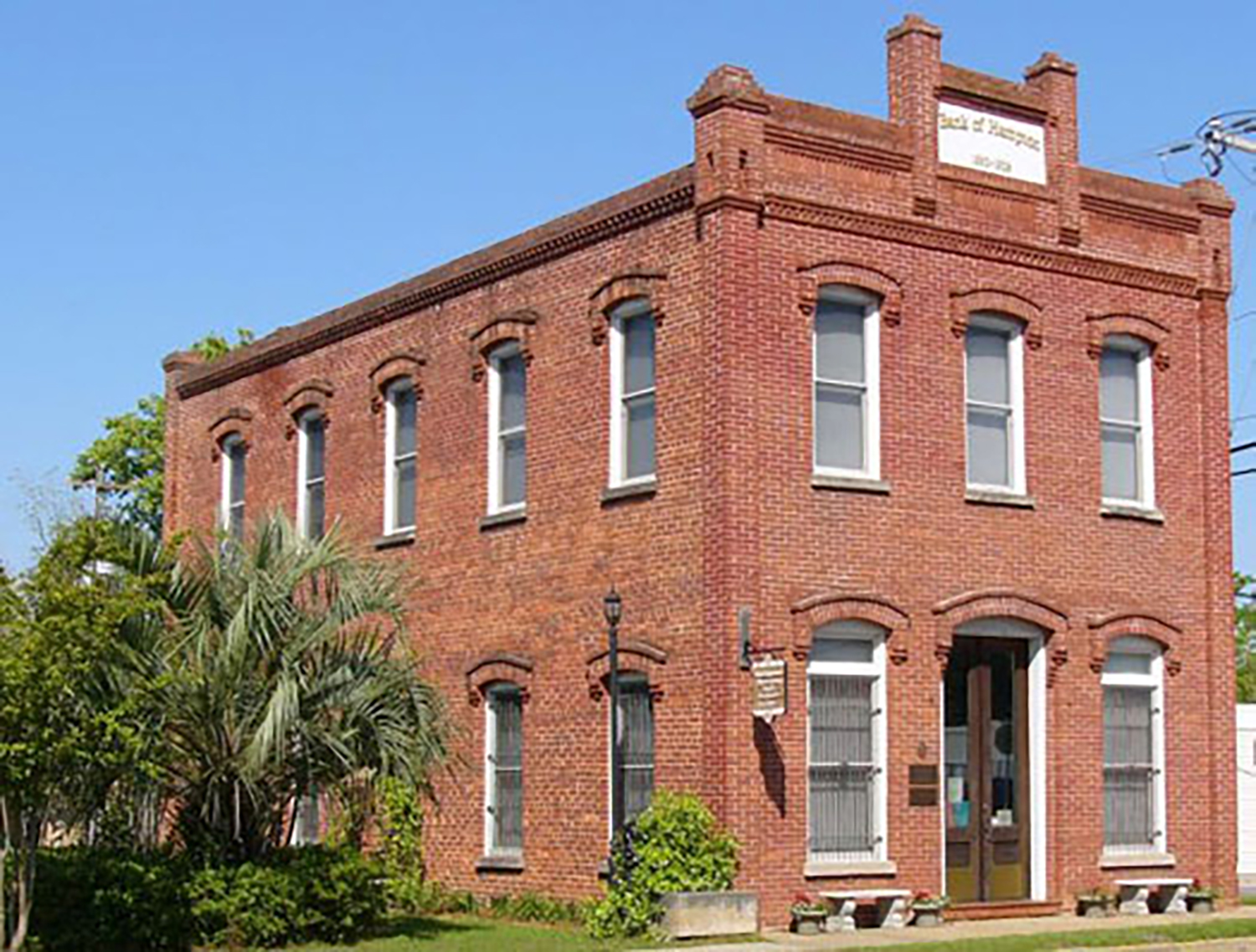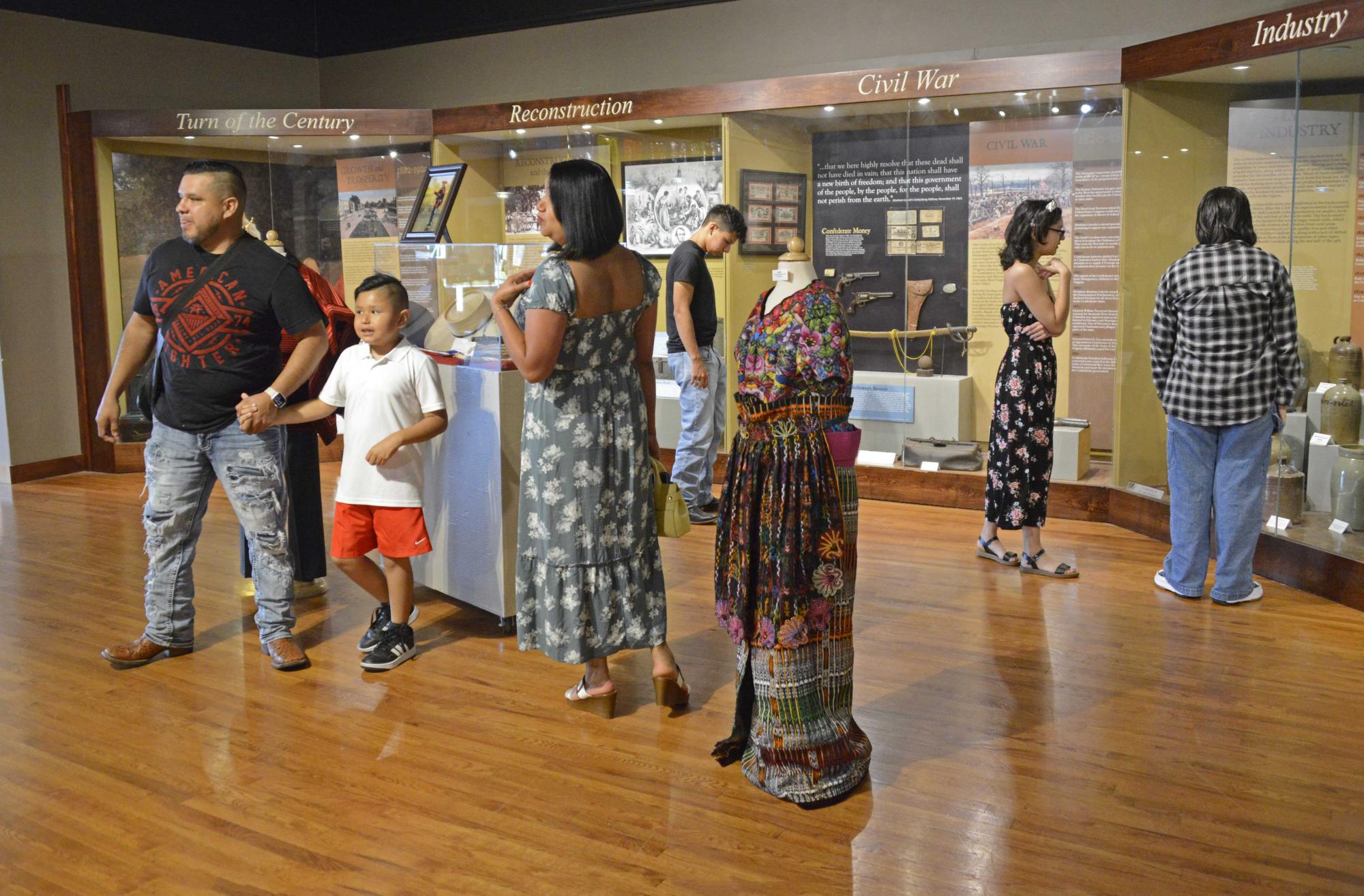Local museums are some of the best places for communities to tell their stories, and some cities and towns are backing that effort with funding or even by owning and operating the museums as part of the city.
The City of Clemson, for example, operates the Clemson Area African American Museum, housed in what was a segregation-era school for Black children.
The museum serves as an anchor for festivals, such as the community’s Juneteenth celebration, commemorating the final enforcement of the Emancipation Proclamation at the end of the Civil War. The museum will also be a stop on a planned Black Heritage Trail in the South Carolina Upstate.
“The key mission of CAAAM is to collect, to preserve, to exhibit and to tell the stories of African Americans in the Clemson area,” said Angela Agard, the museum’s executive director. “This museum is the only museum focused on African American history in Pickens County.”

Agard came to Clemson after 20 years at the New York Transit Museum. She says the city made the decision to hire a professional manager and gave her the freedom to run the museum. She partners with nearby Clemson University and volunteers to help create the exhibits.
“I think the challenge was in terms of some of the volunteers who really didn't have museum training and who didn't understand why having a room jam-packed with artifacts and articles and stories was not accomplishing what they would like to, which is to tell the story of local African Americans in the Upstate,” she said.
The first exhibit the museum focused on was about education, partly because of its location, and partly because one of the museum’s volunteers attended the school.
“So that was a catalyst to get people to bring in photographs, articles, information, anything that they could to help us understand that school and that time,” Agard said. “So the key is research, and for us, that has to come from the community. You can't just go to a library and find books on Black people in the South Carolina Upstate.”
To help on that front, Agard finds the education goes both ways. She is trying to help community members curate the things they have from earlier generations.
“I usually start out asking questions. I said, ‘The photo albums that you have at home, when you look at them, do you do you know who the people are in the photos? Do you know where it was taken? Is there anything written on the back of the photos?’ And for the most part, there's no information,” she said. “Then I say ‘Think about this. When those people die and the young people look at a photo album with no information, what do you think happens with it?’”
Protecting precious artifacts was what led the Town of Hampton to obtain a unique item for its museum collection.
For more than 70 years, the town kept time by a factory whistle at what was commonly known as the Westinghouse plant. Though it had different names and made different products over the years, the plant employed thousands in the Lowcountry town and that whistle signaled the end of each workday.
When the plant closed shop in 2014, the whistle went to the Hampton Museum and Visitors' Center, which had also placed a historical marker outside the facility about five years earlier.

“Everybody for miles around could hear that whistle,” said Norma Jarrell, co-curator at the Hampton Museum. “That was one thing that I think everybody missed when the Westinghouse plant closed, because that was blown every time everybody got off work.”
The whistle is now mounted at the museum and many visitors, especially locals, come to see it. It is just one of many artifacts collected over the years by Jarrell, her co-curator, Linda Shaffer, and their predecessor Marie Ellis. Some items are on display, but much of what has been collected over the years remains in storage as there is more than the museum can exhibit.
Even the building that houses the museum tells a story. Originally built in 1892 as a bank, the building still has the bank’s safe.
“That's one feature that people like to go in and look at. I think the building must have been built around the safe more or less, because you couldn't get it out. It has really heavy doors on it and people enjoy going in there to look at that and move the doors.”
The Hampton Museum relies on a few employees to staff its open hours of 2 to 5 p.m. on Thursday and Saturday. Jarrell said the museum recently completed an inventory of its 5,000 individual items with information about the object, who it belonged to and what it signifies for the town’s history.
“When I'm gone, people will know who things belong to,” said Jarrell, who has lived in Hampton since 1953 when her father relocated for a job at the Westinghouse plant.
The executive director of the Greenwood Museum and Railroad Historical Center also has a personal connection to her town’s history. A native and member of the family that owned the famed Park Seed Co., Karen Jennings was the company’s chief executive officer before she retired.
“This is my retirement job,” she said of her position at the museum, which is part of Greenwood’s “Emerald Triangle” of neighboring arts and cultural organizations.
The other parts of the Emerald Triangle are Greenwood’s Arts Center, housed in the city’s historic federal building, and the Greenwood Community Theatre, also located in a historic building. The storefront that became the home of the Greenwood Museum received its renovations in 2008, funded through a capital campaign, the City of Greenwood and a U.S. Housing and Urban Development Economic Development Initiative Grant. The museum’s Railroad Historical Center is a separate facility that houses a restored 1906 steam locomotive and passenger cars.

“Our mission for our museums is to save, share and celebrate Greenwood history. That's the core of what we do,” Jennings said.
Part of that history is told through exhibits that feature her family’s company — specifically the “Seeds in Space” project, a 1980s NASA experiment that saw a payload of tomato seeds and hay from Park Seed shot into space to see how radiation would affect them when they got back to Earth.
The seeds were supposed to be in orbit just a few months, but ended up being in orbit nearly six years, Jennings said, “so they got a good dose of radiation from space.”
When the seeds were retrieved, they were packaged and sent to schools for science experiments to see how they would grow compared with seeds that had never left Earth.
“The differences were fairly minor, which was amazing,” Jennings said. “There were very few mutations, which means that it is feasible to take seeds to a colony in space and for them to be viable, to grow and provide food. It sounds kind of simple, but it's really profound in what could happen in the future if we have space colonies or if we try to spend any significant time in space.”
Personal experiences like Jennings’ aside, no one on the museum staff is a historian, and most of the exhibits rely on the know-how of retired college music professor and choir director Marion Smith, who is the exhibits coordinator.
“He has a really good eye for creating a display,” Jennings said. “He's also very smart and likes to learn new things, so he does a lot of the research for these exhibits. The research is interviewing people who have been involved in whatever the exhibit is about and who know the history.”
Jennings said the key skill for a small-town museum director is business sense — and good rapport with their city and county officials.
“Running museums is like running a business, you’ve got to find money, you’ve got to do a budget, you’ve got to figure out how to pay for things and keep the doors open,” she said. “You need a good supportive board that is willing to work and to donate and to ask other people for money.
“This has nothing to do with fun historical objects or creating an exhibit. But if you don't do this part first, you don't have the other part. And if you're going to do one of these museums, you need to learn how to write a grant.”
